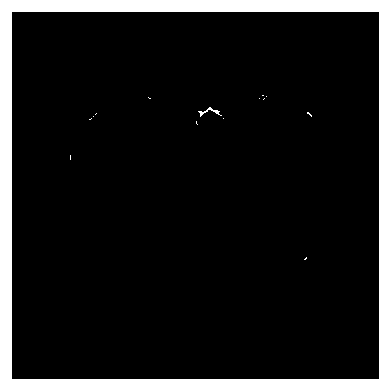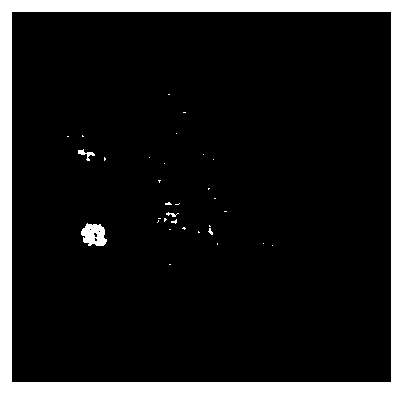CT image liver tumor segmentation method based on deep learning
A CT image, liver tumor technology, applied in the field of medical image processing, can solve the problem of no fully connected layer, and achieve the effect of improving efficiency and accuracy
- Summary
- Abstract
- Description
- Claims
- Application Information
AI Technical Summary
Problems solved by technology
Method used
Image
Examples
Embodiment Construction
[0017] The present invention will be further described below in conjunction with example
[0018] The present invention provides a method for segmenting liver tumors in CT images based on deep learning. The data set used is from the LiTS (Liver Tumor Segmentation Challenge, CT image segmentation challenge for liver tumor lesions) data set. LiTS is a data set used for liver tumor segmentation. It contains 131 sets of training data and 70 sets of test data. The training data contains 131 sets of 3D CT images and corresponding 131 sets of real segmentation masks.
[0019] Before using the data, the CT image data needs to be preprocessed, and the CT value of the CT image is first converted into the HU value. The range of data is limited. In this experiment, the HU value of the atlas is set to include but not limited to [-200, 250], and some irrelevant information and noise are removed. Divide the ROI for cropping, divide the area of the liver, and perform color flipping. As...
PUM
 Login to View More
Login to View More Abstract
Description
Claims
Application Information
 Login to View More
Login to View More - R&D
- Intellectual Property
- Life Sciences
- Materials
- Tech Scout
- Unparalleled Data Quality
- Higher Quality Content
- 60% Fewer Hallucinations
Browse by: Latest US Patents, China's latest patents, Technical Efficacy Thesaurus, Application Domain, Technology Topic, Popular Technical Reports.
© 2025 PatSnap. All rights reserved.Legal|Privacy policy|Modern Slavery Act Transparency Statement|Sitemap|About US| Contact US: help@patsnap.com



